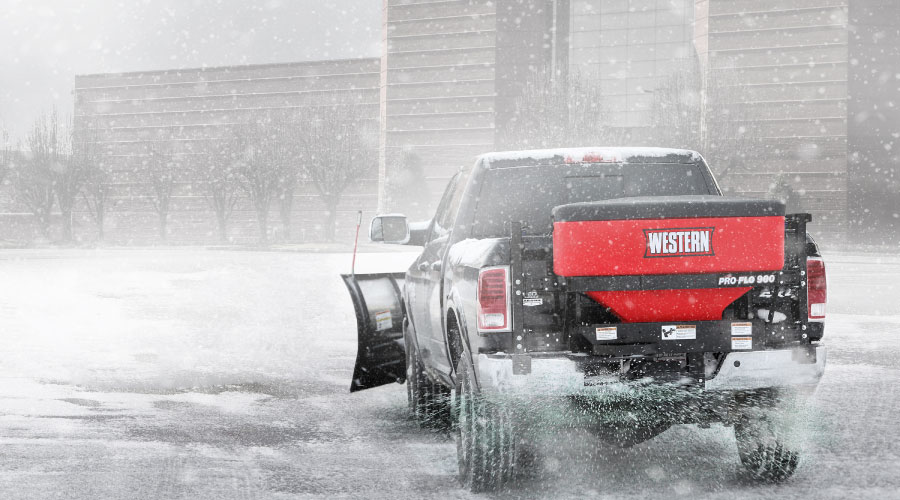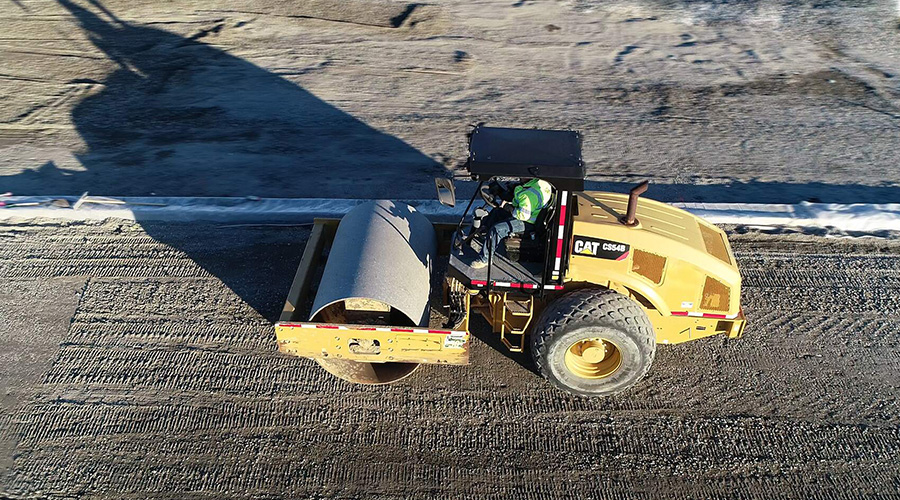Mowers: Purchasing Includes Product Research, Hands-On Evaluations
Arizona's climate presents myriad challenges for grounds care, including temperatures that range from more than 100 degrees in summer to below 40 in the winter, and little annual rainfall to keep landscapes green.
But for the grounds services department at Arizona State University, those challenges are only the beginning. Increasing mandates for sustainable operations and budgets that get tighter every year have further complicated the department's efforts to keep campus turf looking its best all year round.
Because of these challenges, the department's managers and staff have taken careful steps in all phases of mowing, from specification and operation to inspection and maintenance, to make sure the equipment delivers the desired performance.
Rethinking Specification
Among the department's top priorities is to stretch precious resources as far as possible in a highly competitive environment.
"We're competing for capital dollars with a number of other departments, so we have to do our homework," says Fernando Reyna, the university's manager of grounds services and its arboretum. "We have to think of it as a long-term investment."
The 12-person department is responsible for maintaining 47 acres. To carry out their activities, crews use four mowers: an 84-inch diesel mower; a 60-inch propane mower; and two gas-powered units measuring 52 inches and 58 inches.
The purchase process for any new piece of mowing equipment includes research into available product options — including those that use alternative fuels — and hands-on evaluations involving mower operators and the department's mechanic.
"We always demo every mower because we need to know how they're going to handle out there," says Scott Bair, the department's grounds lead. Because many of the turf areas have berms and other features that present challenges for operators, he says, "The mower has to have ZTR (zero-turn-radius steering), or it won't work."
Because of these contours, any new mower also must have a floating deck. Without such a feature, the operator runs the risk of scalping high areas on turf.
"At first I didn't like them, but I've gotten used to them," Bair says. "Now, I don't have to worry about the quality of the cut. (The deck is) going to float over the turf and cut like it does in other areas."
Related Topics:













